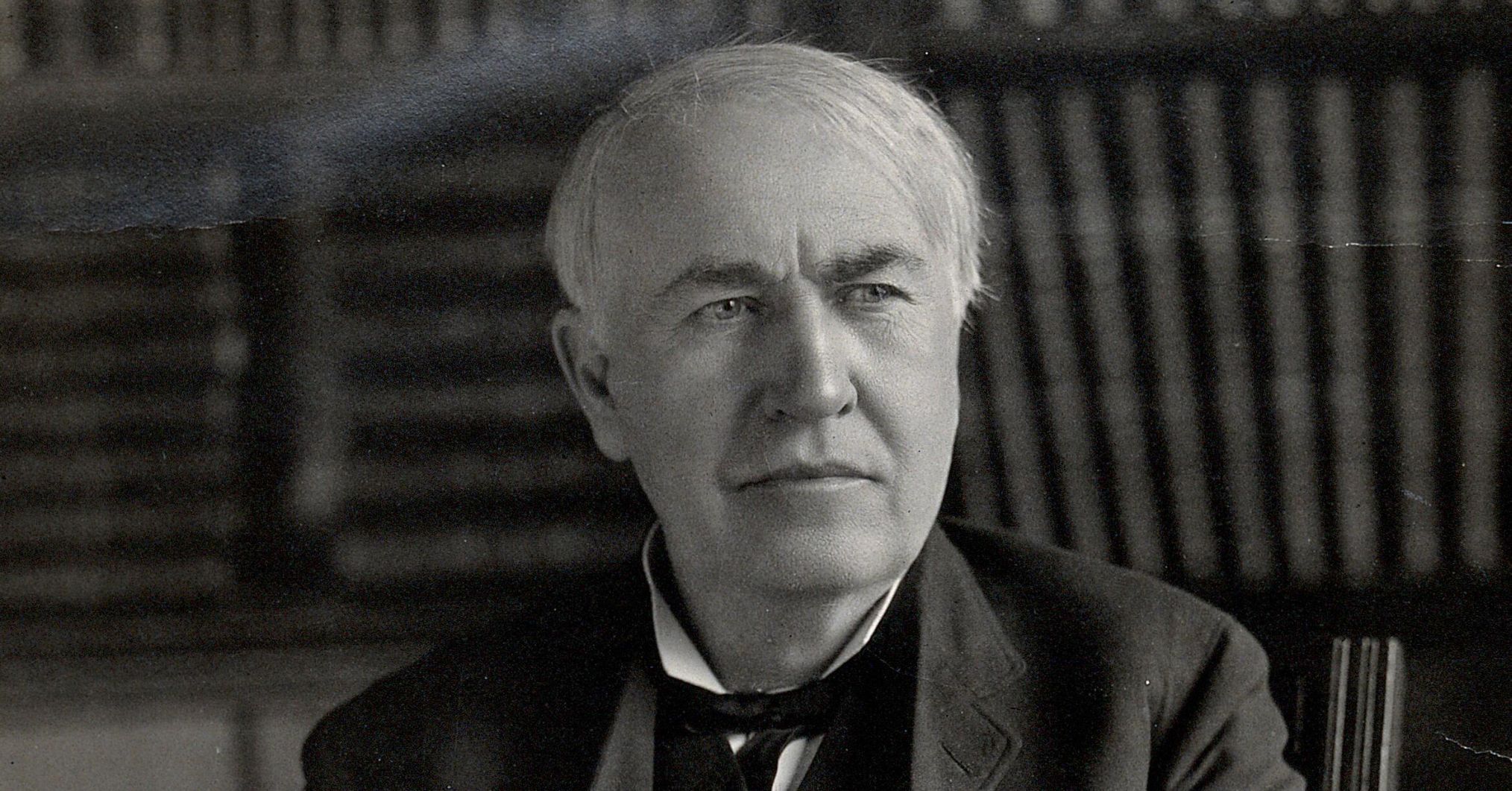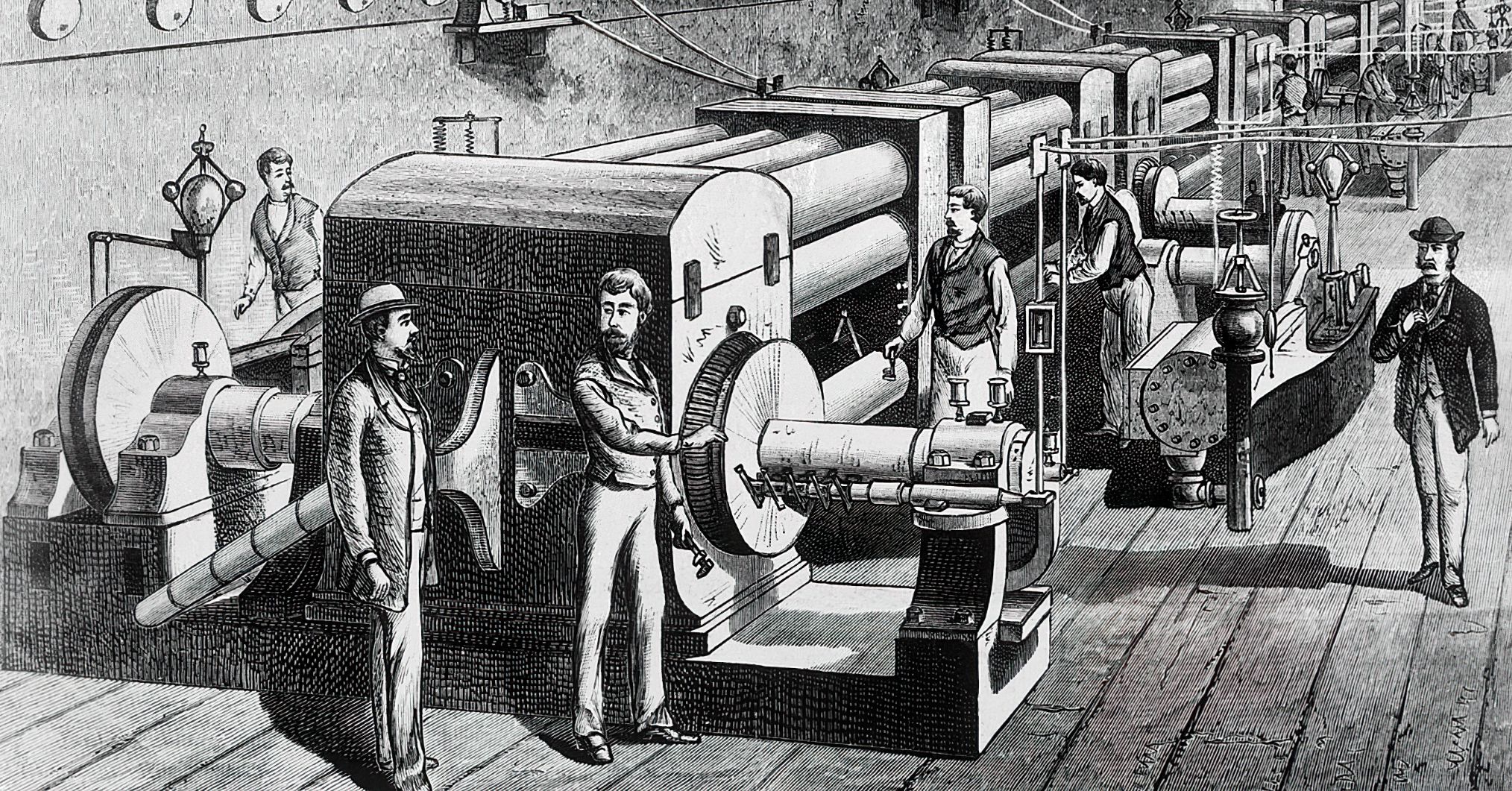Thomas Edison First Patent
October 13 1868, Edison executed the first of his 1,093 successful U.S. patent applications at the age of 21. He filed an estimated 500–600 unsuccessful or abandoned applications as well

Edison's Patents
October 13 1868 ,Edison executed the first of his 1,093 successful U.S. patent applications at the age of 21. He filed an estimated 500–600 unsuccessful or abandoned applications as well. Unfortunately, the names given Edison's patents are too irregular to make simple word searches an accurate means of finding patents for particular technologies. His issued patents are presented here in three lists—by execution date, patent date, and subject. The execution and patent date lists are each presented in six parts to make the files less cumbersome.
The execution date of a patent application is the date on which the inventor signs the application, and hence is the date closest to the actual inventive activity. However, in his early years Edison did not always rush to his patent lawyer with an invention, especially if there was little competition for the invention or he was feeling broke and unable to pay the various fees involved in an application. In a few cases Edison removed some of the claims from an original application and filed a new application to cover those claims. The execution date of such a patent can be considerably later than that of the original application even though the patent covers designs from the earlier date.
The patent date is the date when, with all fees paid, the Patent Office issues the patent certificate to the inventor. Under normal circumstances it took months of correspondence and amendment of the application before the patent examiners decided that an invention was sufficiently original to be patented. If an interference was declared—that is, if the examiners determined that another patent application was claiming the same invention—then years could pass before a decision was made and a patent awarded. (There is a fuller description of the American patent system in Edison's time at The American Patent System.)
The subject lists below are necessarily somewhat arbitrary. The patents within each category are arranged by execution date. A few patents appear in two lists—for example, patent 142,999 describes a battery Edison developed for telegraphy, and it is included under both "Batteries" and "Telegraphy and Telephony."
Edison received many patents in countries other than the United States. No complete list exists, but Dyer and Martin's 1910 biography, Edison: His Life and Inventions , contains a compilation of 1,239 non-U.S. patents awarded in 34 countries. Edison's British patents for the years 1872–1880 appear in a bound volume in the Charles Batchelor collection.
There is an on-line database of all U.S. patents at the U.S. Patent and Trademark Office . Patents before 1975 are searchable by patent number and classification, and patents issued between 1790 and 1836—which were not numbered—have been assigned chronologically ordered "X" numbers . The USPTO also hosts a great deal of information about current patent practice. Databases at the Delphion Intellectual Property Network include U.S. patents since 1971, European patents since 1980, and Japanese patent abstracts since 1976.

Thomas Edison First Patent

World's First Power Plant

Incandescent Electric Lamp
Let's start
to work

Contact Us
415 E. Airport Fwy 4th Floor,
Irving TX 75062
-
Telephone+1 (214) 679-8600
- Copyright 2008 - 2023 ©Global Edison. All Rights Reserved.
- Privacy Policy
- Terms of Use
-
This email address is being protected from spambots. You need JavaScript enabled to view it.